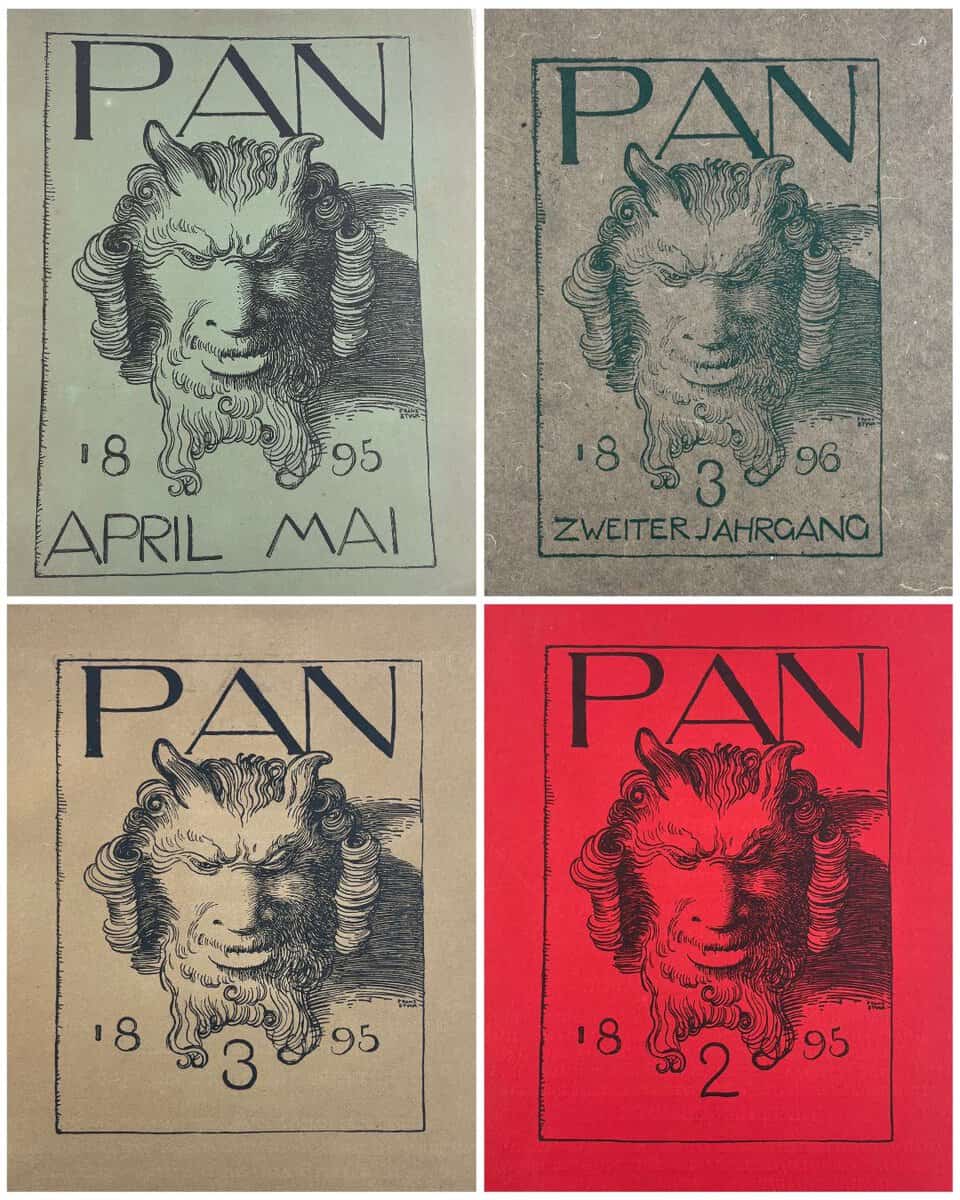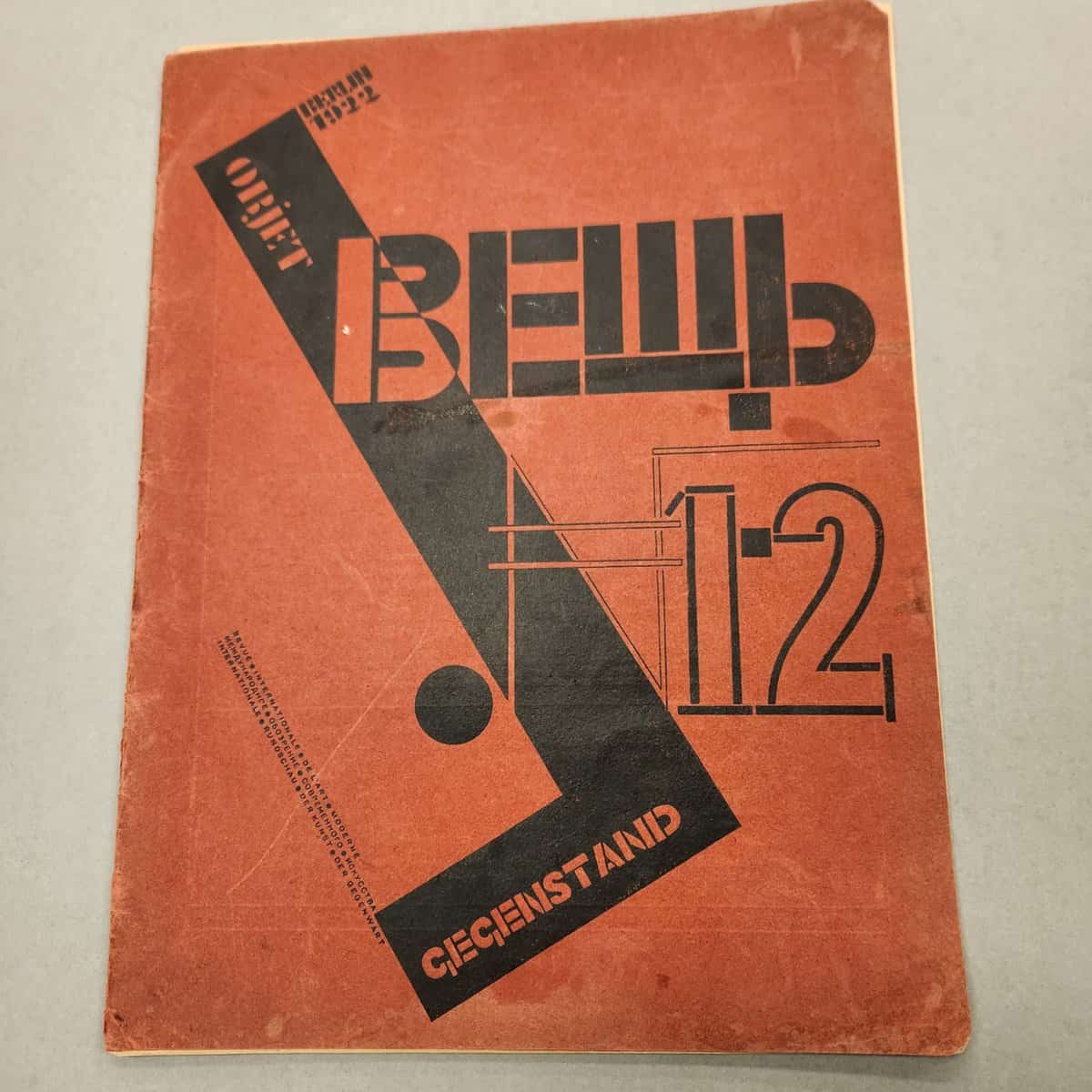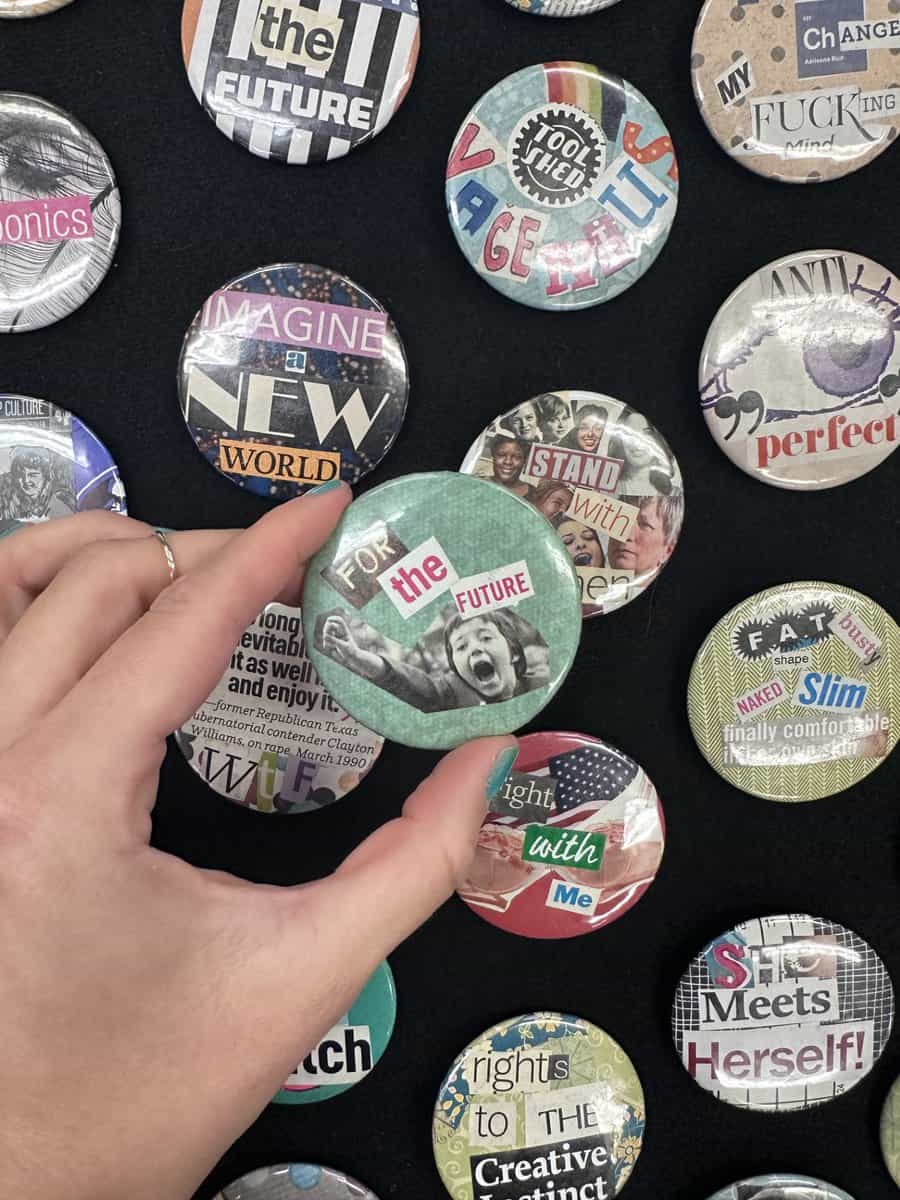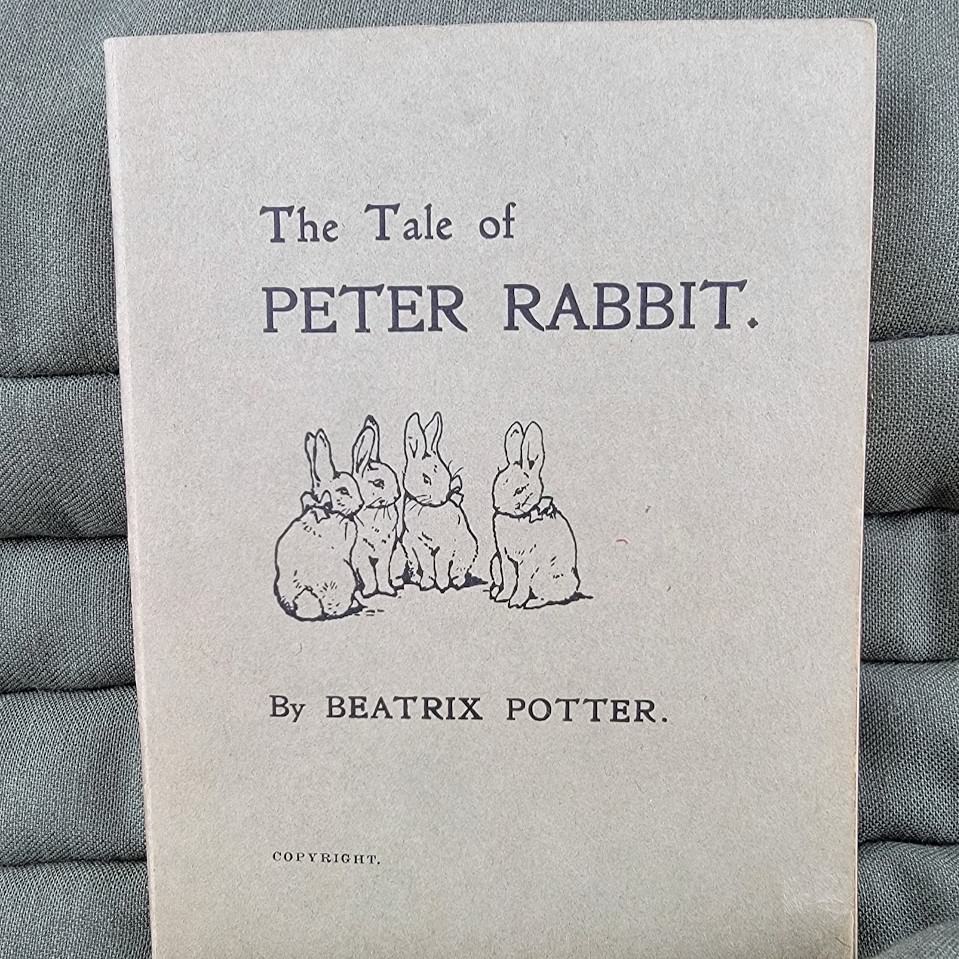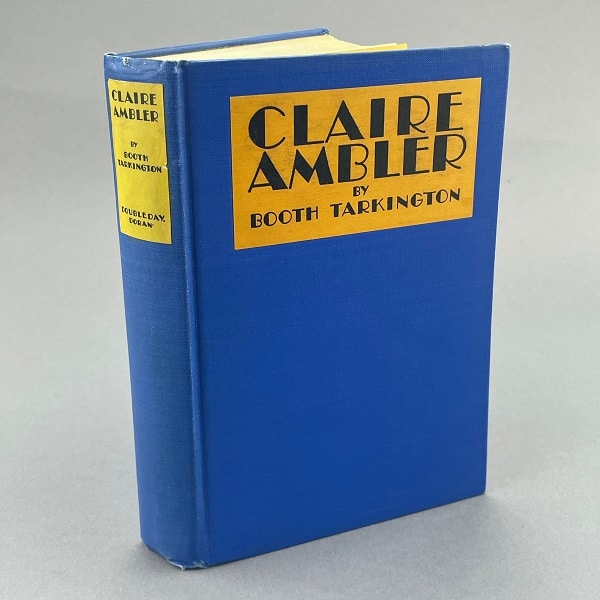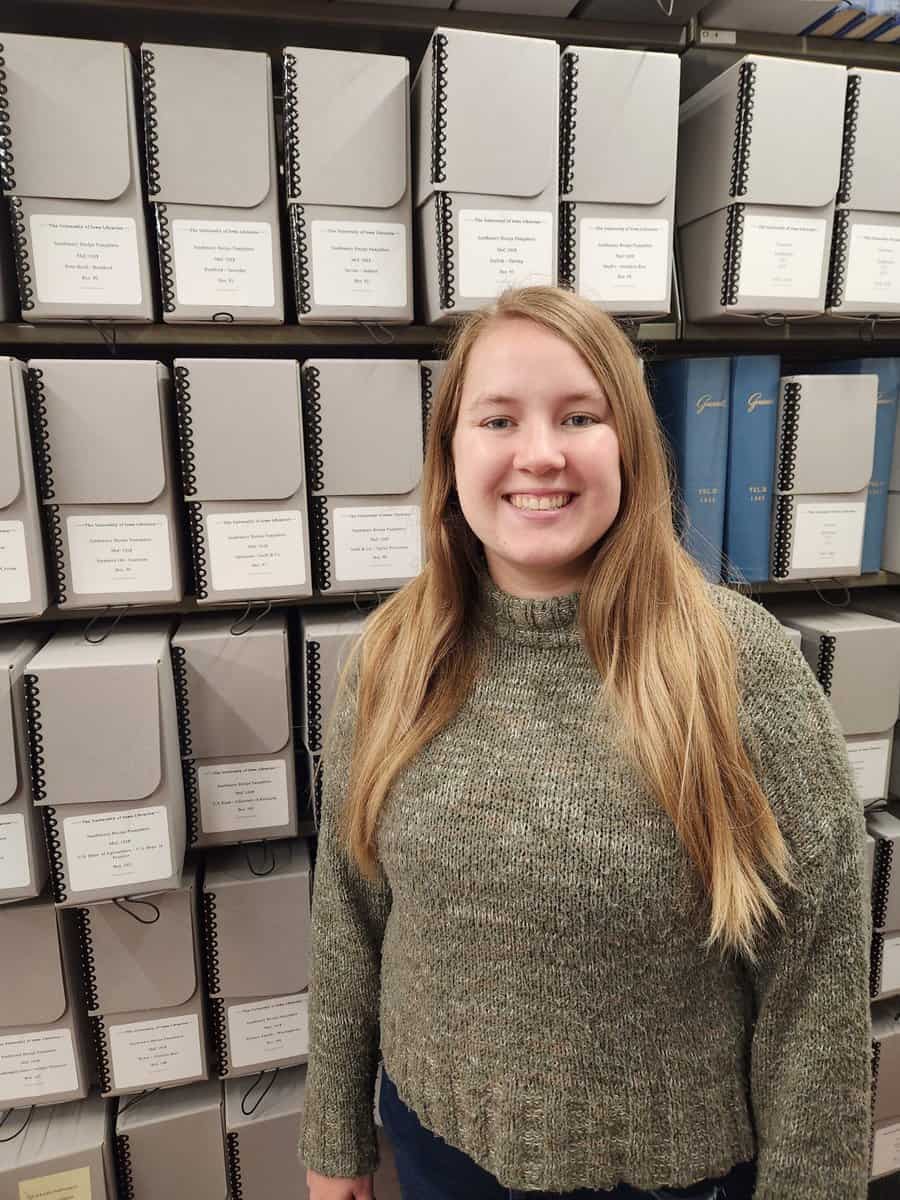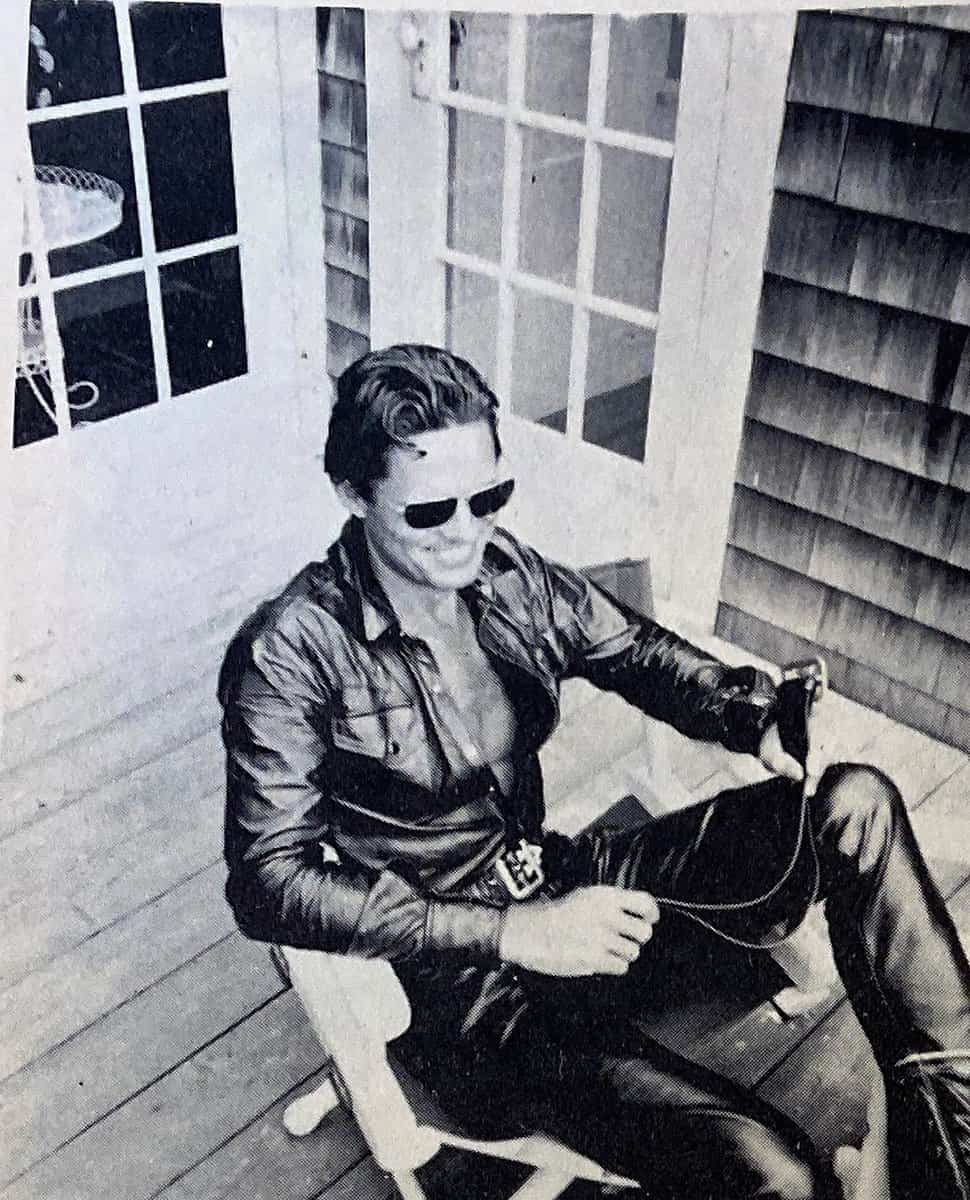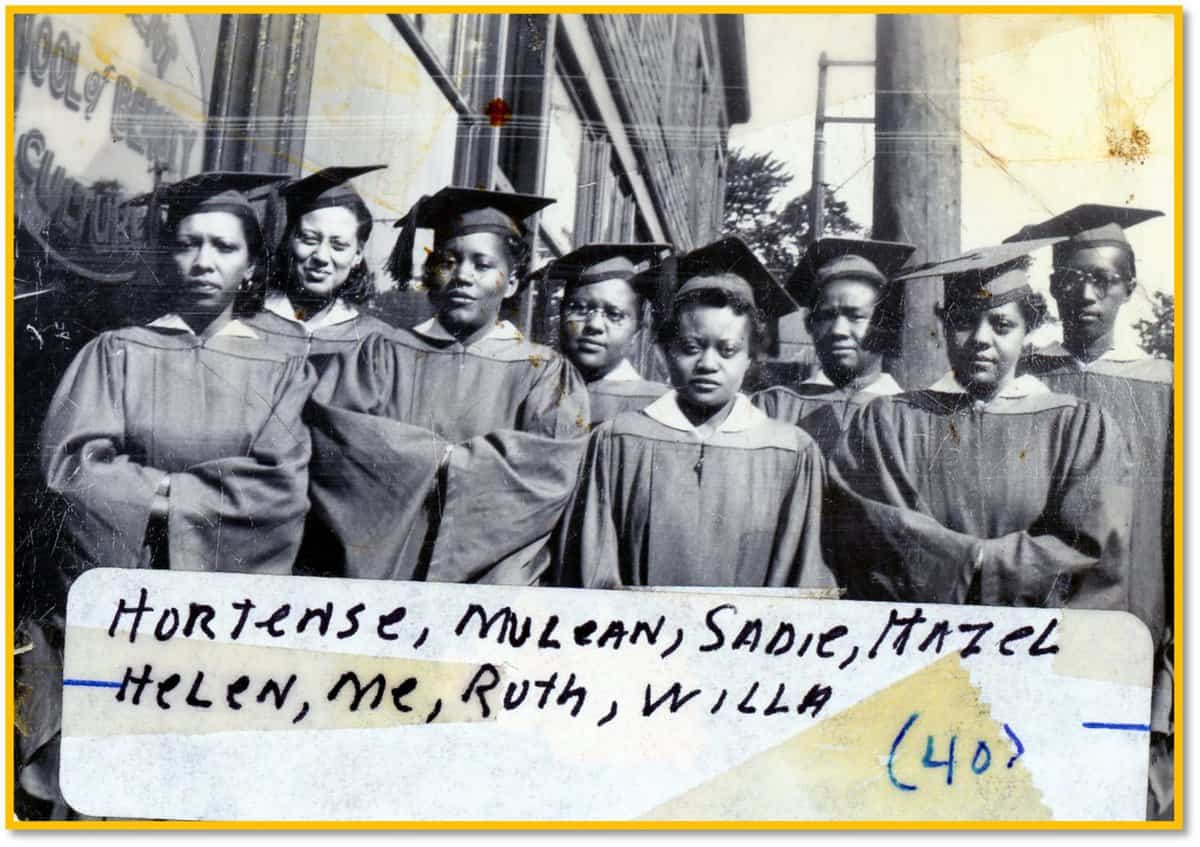The following is written by M Clark, instruction and reference graduate assistant of Special Collections and Archives In the blossoming world of the international Art Nouveau movement of the late 1800s, German artists were carving their own unique path that reverberated across Europe. At the heart of this movement stood publications such as PAN, aContinue reading “Exploring the Legacy of PAN: A jewel in the crown of German Art Nouveau”
Category Archives: Collection Connection
Dada collection grows
The following is written by Tim Shipe, curator of the International Dada Archive Two recent acquisitions by the International Dada Archive illustrate the diversity of Dada and its connection with the developing Central and Eastern European Constructivist movement of the 1920s. Veshch Gegenstand Objet With its trilingual title and multilingual content, Veshch Gegenstand Objet is,Continue reading “Dada collection grows”
Buttons, Buttons, Buttons!
The following is written by Academic Outreach Coordinator Kathryn Reuter On a college campus, chances are high that you will encounter at least one button during the course of your day. Pin back buttons – sometimes called “badges” – have long decorated the tote bags, backpacks, sweaters, and jackets of university students. Buttons proclaim allegianceContinue reading “Buttons, Buttons, Buttons!”
10 Ye Old Banned Books
The following is written by SLIS graduate student Madison Knupp From October 1st through October 7th, the American Library Association (ALA) is celebrating Banned Books Week. The ALA first started Banned Books Week in 1982 due to a rise in book banning. However, the practice of book banning is not a new concept and hasContinue reading “10 Ye Old Banned Books”
10 Adolescent books to read at Special Collections & Archives
The following is written by Olson Graduate Research Assistant Kaylee Swinford Recognized as a powerful force, the Young Adult genre of fiction has taken the literary world by storm. With cultural phenomena like Twilight, The Hunger Games, and almost any book by John Green, it is difficult to imagine a time when there wasn’t YA.Continue reading “10 Adolescent books to read at Special Collections & Archives”
Beauty in Breathing: An Exhibit
The following was written by Rich Dana, Sackner Archive Project Coordinator Marvin and Ruth Sackner were the world’s foremost collectors of “visual poetry,” artwork that combines visual elements and text. Dr. Sackner was also an internationally respected pulmonologist and inventor of many medical devices. In 1992, the Sackners created a unique exhibition of work byContinue reading “Beauty in Breathing: An Exhibit”
Welcome Rachel Poppen, new collections archivist
We are pleased to welcome Rachel Poppen as our new collections archivist in Special Collections and Archives. Rachel joined the department in mid-July. Raised in Sibley, Iowa, Rachel received her Bachelor of Arts in English and Spanish from the University of Iowa. She then went on to receive her Master of Science in Information ScienceContinue reading “Welcome Rachel Poppen, new collections archivist”
In Memory of Kirby Congdon, an Unsung Hero of American Poetry
The following is written by Rich Dana, Sackner Archive Project Coordinator Librarian On June 3, 98-year-old Kirby Congdon passed away in Key West, Florida, a town that had recognized him as its first poet laureate. Although the arts community of Key West understood the importance of Congdon and his work, much of the rest ofContinue reading “In Memory of Kirby Congdon, an Unsung Hero of American Poetry”
Professional Attention: The World of Labor
The following is written by Matrice Young, student life archivist and curator of Professional Attention: The World of Labor. Extra Extra! Read all about it!Jobs in America are varied and should be valued!Whether it be workin’ the field, fixing railroads,tightening locs or crocheting braids.Be it acrobatics, magic, music, or ballet.Librarians, nurses, comic artists, lecturers—No,All professionsContinue reading “Professional Attention: The World of Labor”
Welcome Matrice Young, new student life archivist
We are happy to welcome Matrice Young as our new student life archivist in Special Collections and Archives. Matrice joined the Libraries at the beginning of summer. Hailing from Chicago, Matrice received her BA in creative writing with minors in educational studies and Africana. She received her MA in Library and Information Science from UniversityContinue reading “Welcome Matrice Young, new student life archivist”
